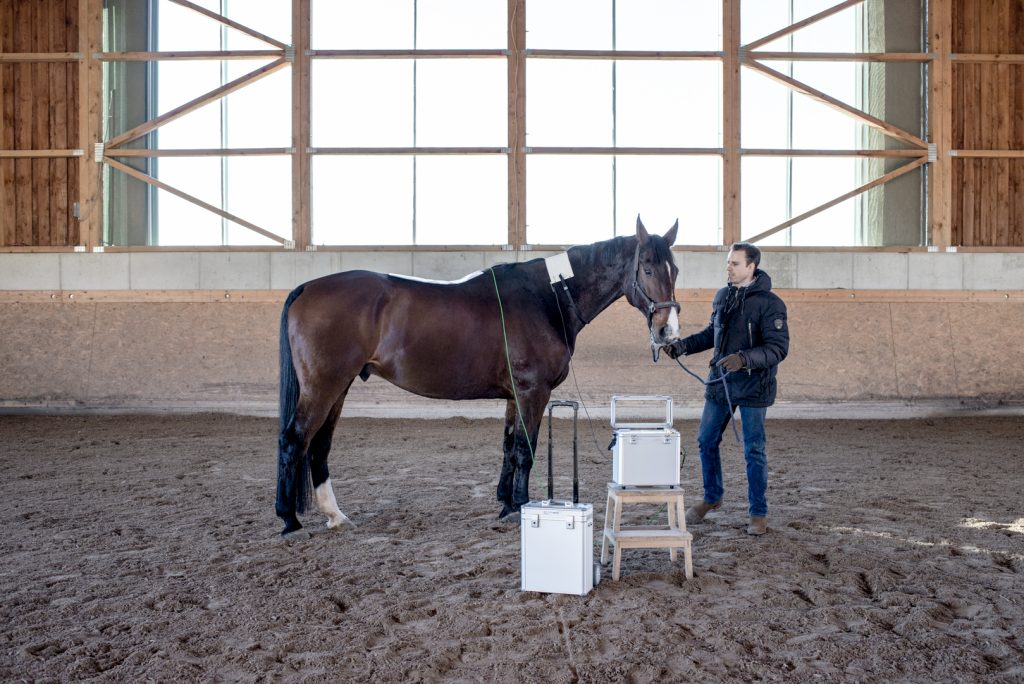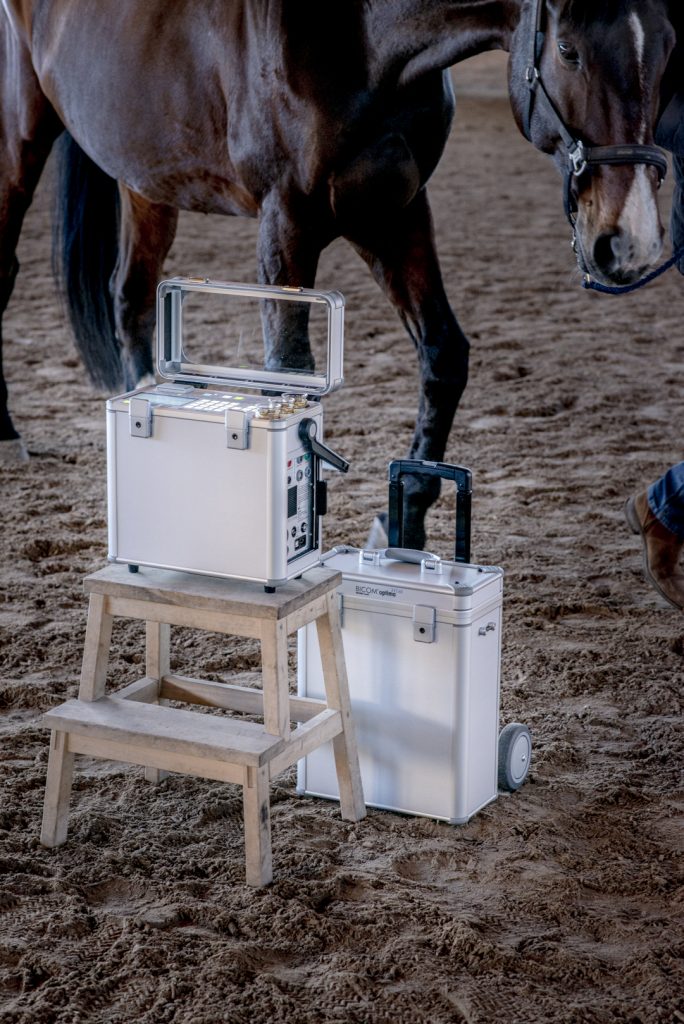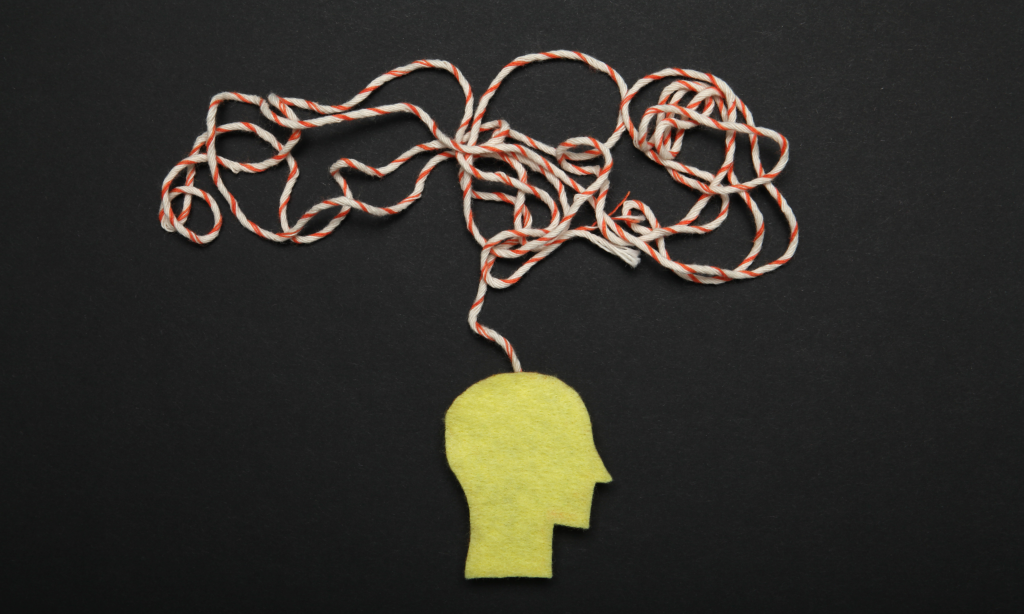Horses are strong and powerful animals, but they are still prone to some health problems such as colic. Colic can be tricky to treat, and owners are left confused because they want their four-legged companion to feel better as soon as possible, without having to suffer a lot. Bioresonance poses as a viable solution for […]
Category Archives: Articles
Articles on bioresonance and other health related subjects.
Various health problems, infections, and conditions can affect a horse and impair their general wellbeing and quality of life. Some problems are treated relatively easy, while others require a lot of effort and well-structured approach. Strangles is a complicated infection that bioresonance can still treat successfully and in an entirely natural manner. To learn more […]
Humans are not the only ones who get flu, and horses can have the same problem. Equine influenza can become serious, which is why it is crucial to treat it properly. How is equine influenza treated? Why is bioresonance the best option for horse owners? Read on to get answers to these questions. What is […]
Anxiety is a mental disorder that affects more than 40 million American adults, or 18.1% of the American population. There are different disorders that cause a patient to experience anxiety, with Generalized Anxiety Disorder being one of the most common. Even though common, it is estimated that only approximately 36.9% of patients with an existing […]





